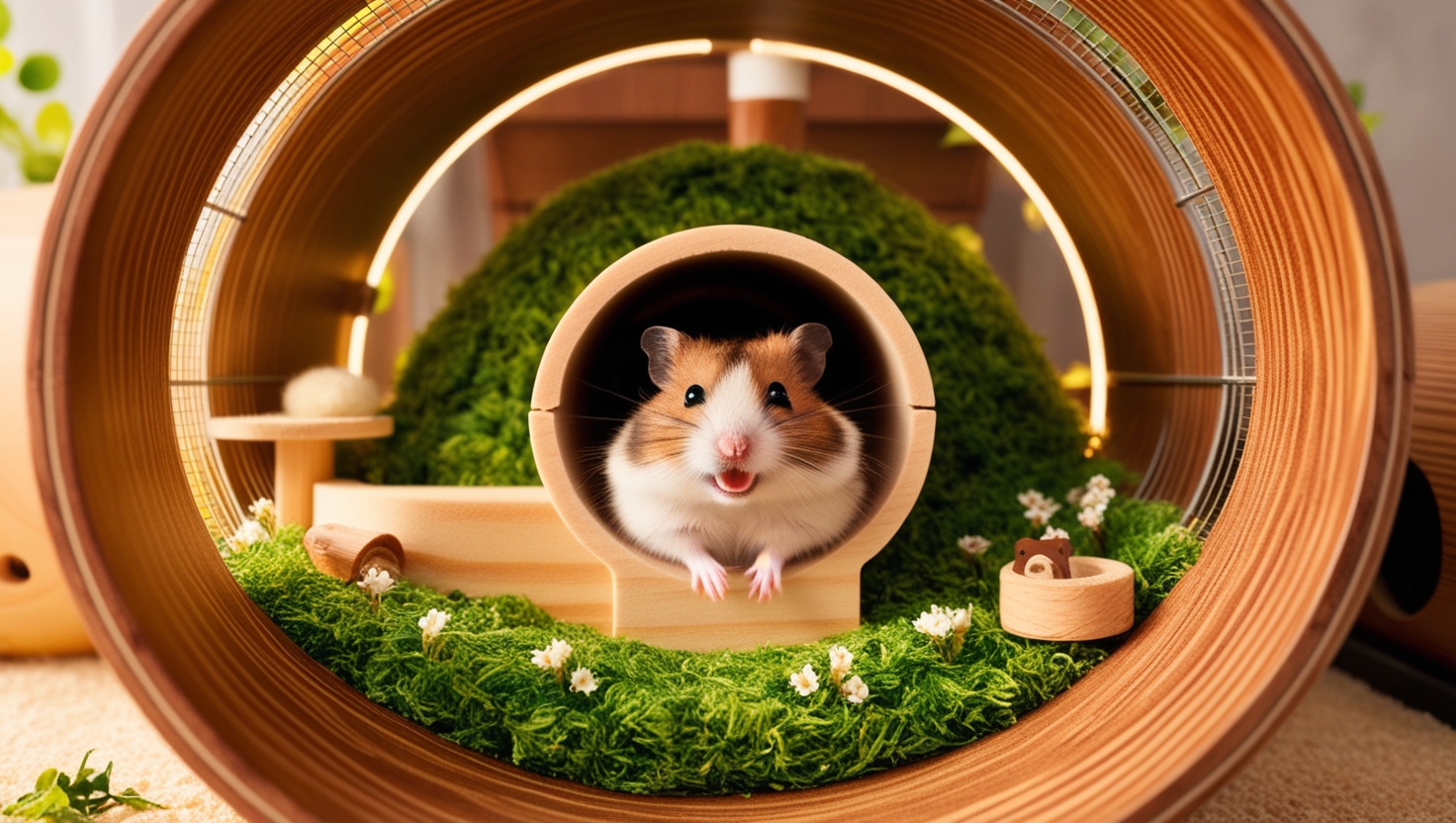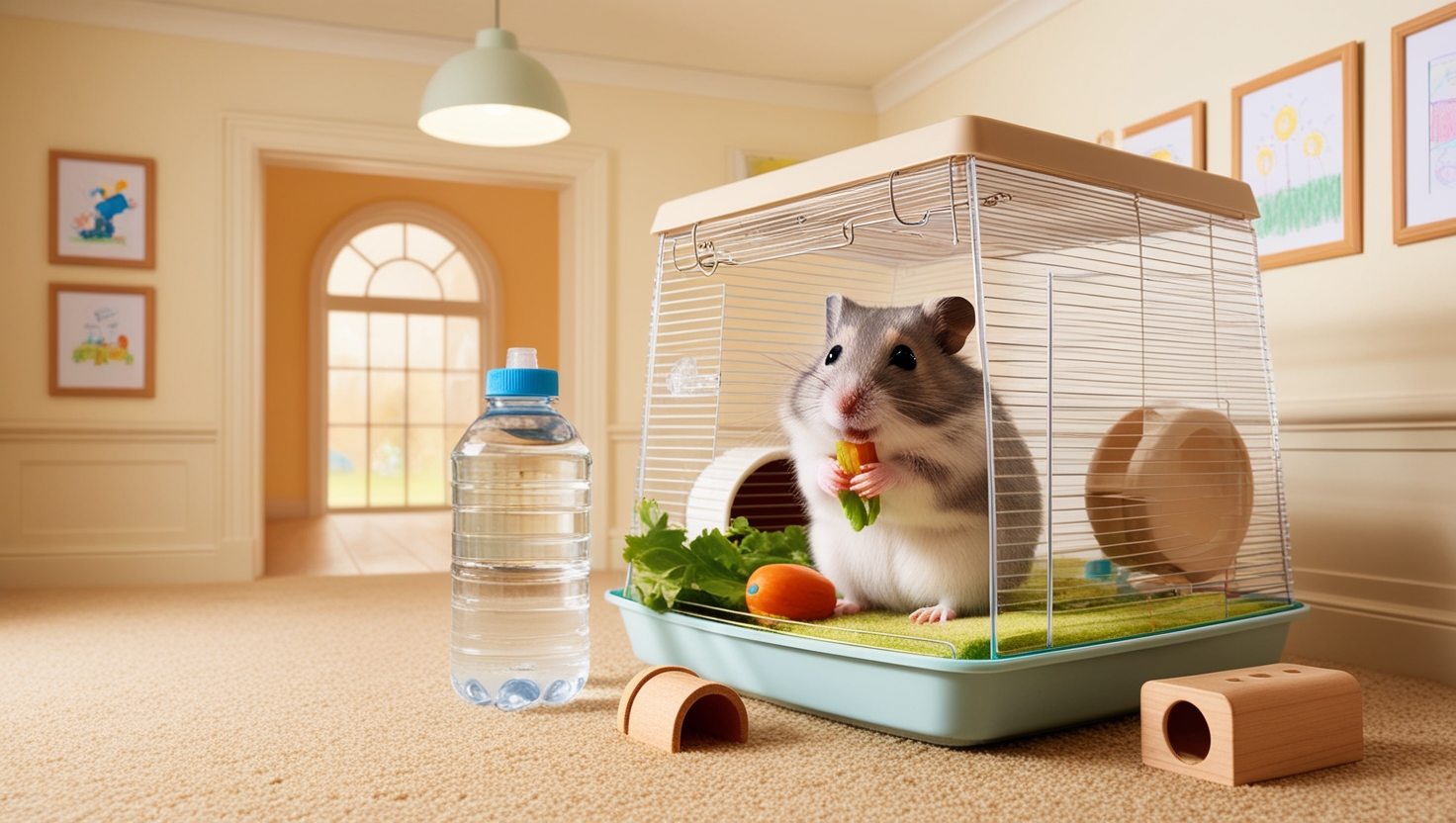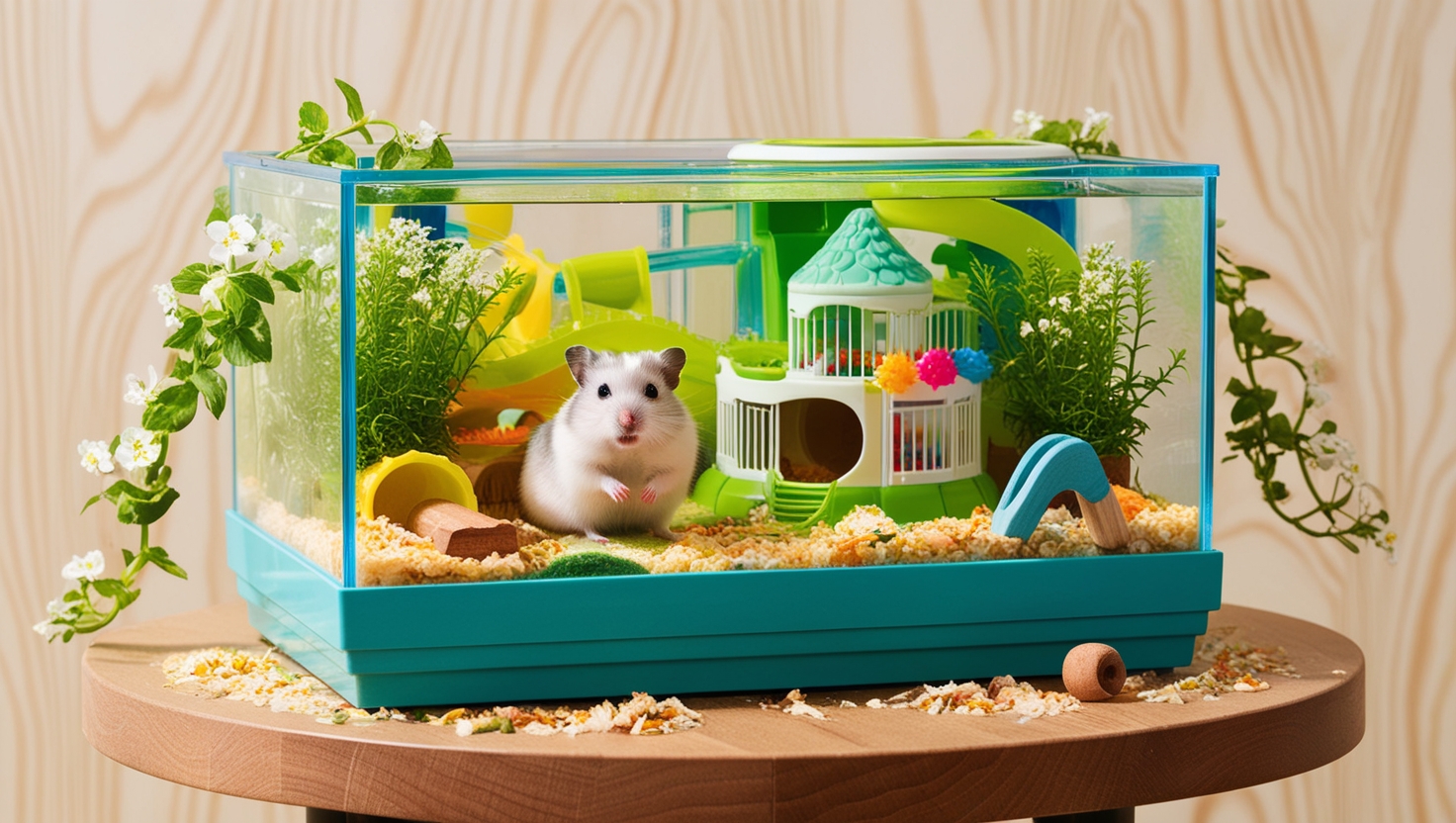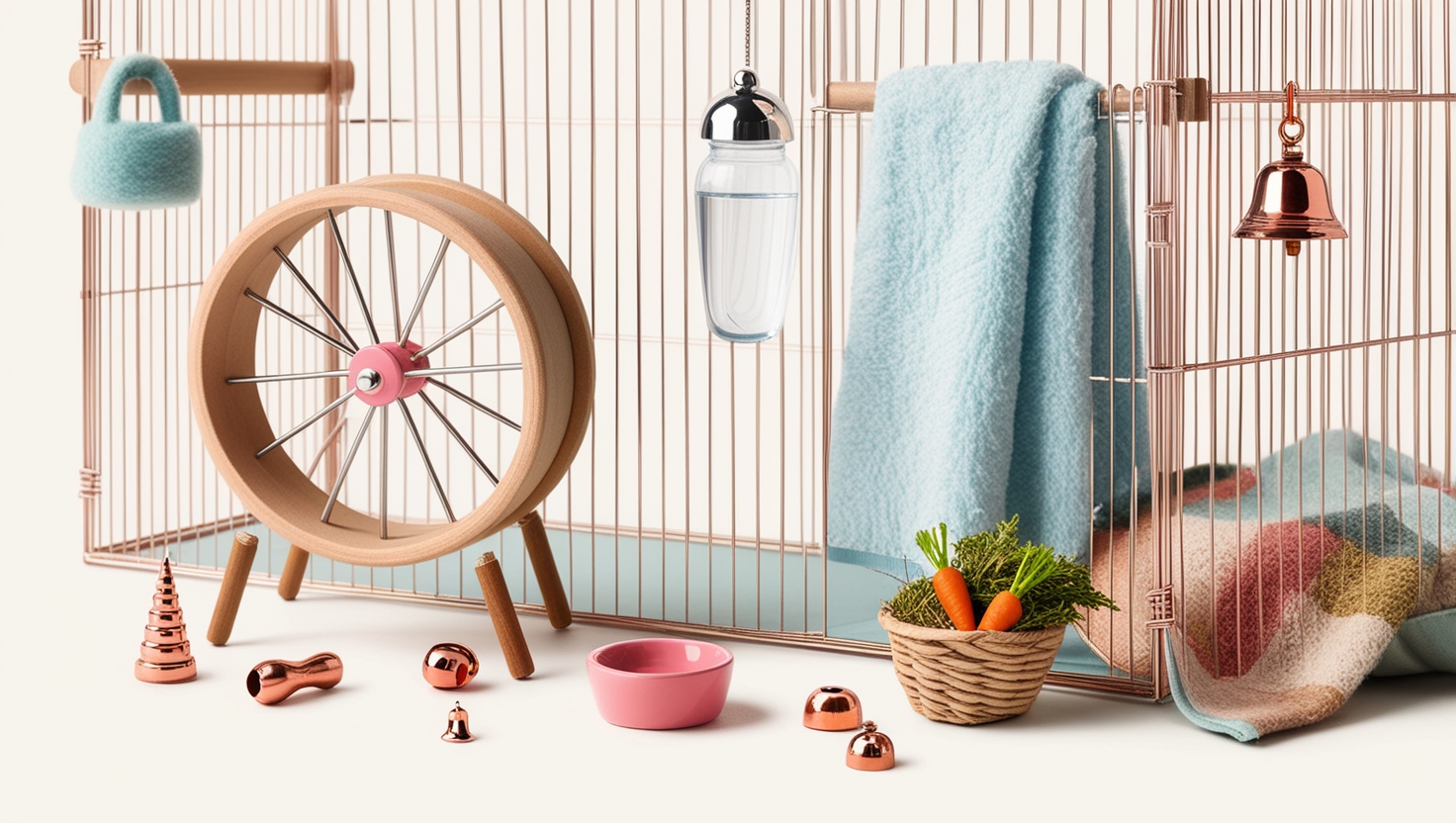So you’re thinking about welcoming a cuddly hamster into your home? That’s fantastic! Hamsters make wonderful companions, but before you bring your new furry friend home, it’s crucial to have a safe and spacious hamster cage ready. Consider this your ultimate guide to choosing the perfect hamster enclosure.
Factors to Consider When Choosing a Hamster Cage
Finding the ideal hamster cage involves more than just grabbing the first one you see at the pet store. Here are some key factors to keep in mind:
1. Location, Location, Location
Think about where you envision placing your hamster’s cage. Ideally, it should be in a quiet area of your home, away from bustling areas with lots of foot traffic. Keep the cage away from:
- Electronics and Plumbing: These can emit noises that stress your hamster.
- Other Pets: Even the calmest dog or cat can be a source of anxiety for a tiny hamster.
- Direct Sunlight: Overheating can be dangerous for hamsters.
Your bedroom might be a great option, offering a peaceful sanctuary for your hamster.
Pro Tip: If you opt for the bedroom, consider a silent hamster wheel to avoid any nighttime noise.
2. Space: Think Big!
Hamsters need ample space to thrive, and trust me, they need more than you might think! Before you start shopping, measure the space where you plan to put the cage to ensure a good fit.
Remember: Don’t underestimate the power of vertical space. Hamsters love to climb!
3. DIY or Pre-Made?
Feeling crafty? Many hamster owners build custom enclosures using plastic bins or IKEA furniture. However, this route requires tools and some DIY know-how. If you prefer a ready-made solution, consider:
- Aquariums: Offer excellent visibility and security but can be heavy.
- Ready-to-Assemble Cages: The Prevue 528 or the Niteangel Bigger World are great examples.
How Much Space Does a Hamster Really Need?
The minimum cage size recommendation in the US is 600 square inches of unbroken floor space. This means connecting two smaller cages doesn’t count – your hamster needs one large, continuous area.
How to calculate floor space:
- Multiply the interior base width of the cage by the interior length.
- Don’t rely on the manufacturer’s measurements, as they often refer to the exterior dimensions.
Expert Insight: “From my years of experience, hamsters are happiest and healthiest in larger spaces,” says Dr. Emily Chen, a veterinarian specializing in small animal care. “I recommend going with a minimum of a 200 qt bin cage or a 40-gallon breeder tank.”
For more detailed information on cage sizing, visit the California Hamster Association’s website.
Security: Preventing Escapes
Hamsters, especially Syrians, can be surprisingly adept escape artists! When choosing a cage, prioritize security:
- Secure Lid: Ensure the lid is escape-proof and made from a material your hamster can’t chew through.
- Cage Design: Avoid hides or accessories that allow your hamster to reach the upper edges of the cage, where they might try to push their way out.
Making the Right Choice for Your Hamster
Choosing the right hamster cage is one of the most important decisions you’ll make as a hamster owner. By considering your hamster’s needs, your available space, and your budget, you can create a safe, stimulating, and happy home for your tiny friend.
Ready to find the perfect hamster cage? Share your experiences and ask questions in the comments below!







